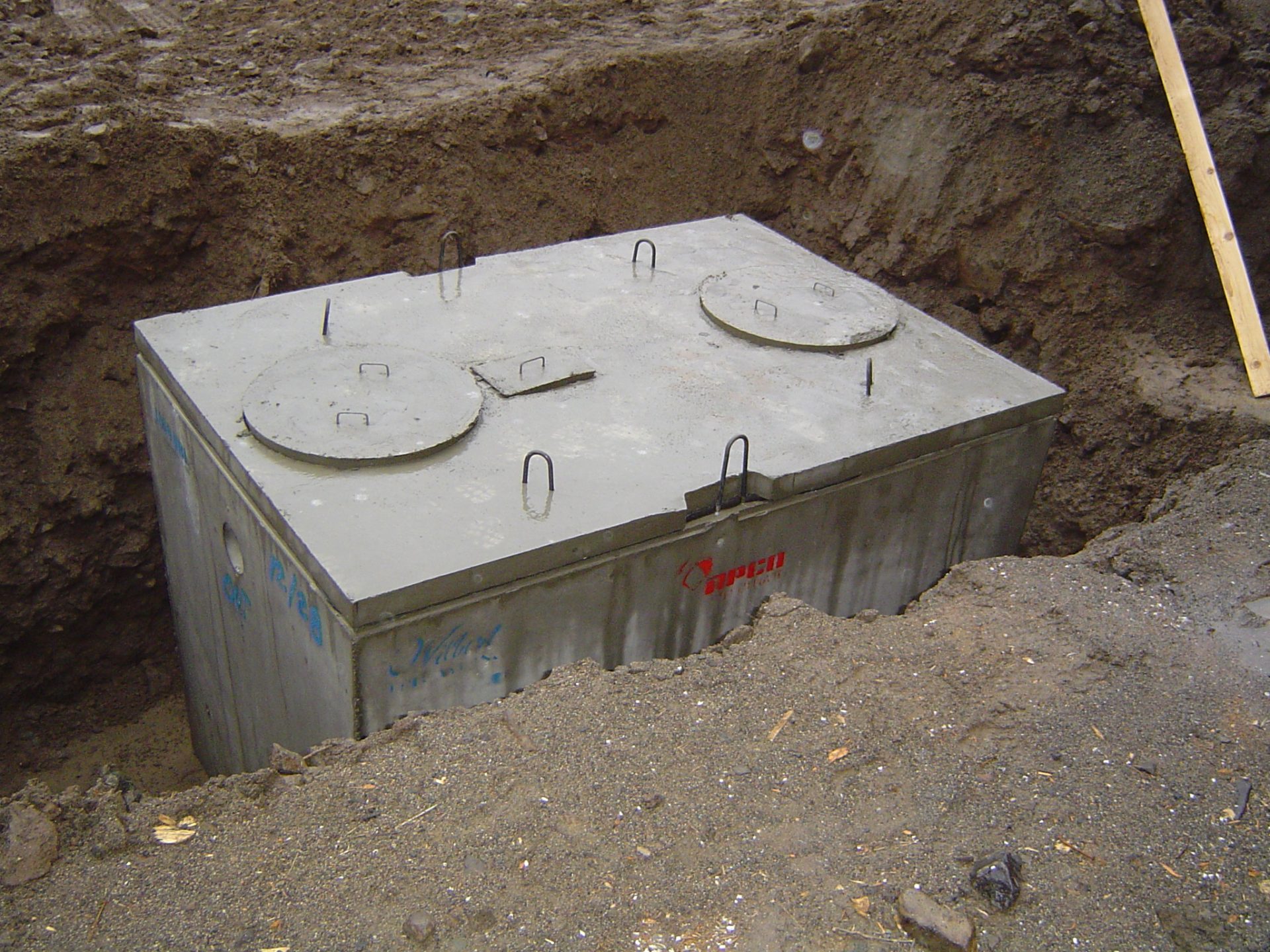Septic tanks are a crucial element in the management of wastewater for properties not connected to municipal sewer systems. When it comes down to choosing the appropriate septic tank homeowners have two primary options to consider that are concrete and precast. Both have distinct advantages as well as considerations. Understanding the distinctions between them will assist property owners in making well-informed decisions about sustainable wastewater management.

Septic tanks, also referred to as underground chambers, are used to collect, process, and distribute wastewater from commercial and residential properties. Septic tanks play an important part of the wastewater-treatment process. They allow for safe discharge of effluent while safeguarding the public as well as the environment.
Which Septic Tank is Right for You: Concrete or Precast?
Concrete septic tanks have for a long time been popular because of their strength and longevity. Constructed on-site using poured concrete These tanks are recognized for their strength and ability to stand the test time. But, the process of installation for concrete tanks is labor-intensive and time-consuming.
Precast septic systems are made offsite and delivered at the property, ready to be installed. These tanks are produced in controlled areas to ensure consistency of quality and structural integrity. Precast tanks offer the advantage of quicker installation and lower costs for labor.
If property owners are considering an upgrade or replacement of their septic tank precast solutions offer a variety of compelling benefits. The process of manufacturing is controlled, which ensures that precast tanks adhere to strict quality standards, providing peace of mind to homeowners. The effective installation process cuts down time-to-complete and also minimizes disturbance to property. For more information, click Septic tanks for sale near me
Maintaining your concrete septic tank Strategies to maintain its durability for the long haul
Concrete septic tanks can last, but they require regular maintenance to maintain their performance. Regular inspections and pumps are crucial to avoid problems like clogging or structural damage. Property owners should be aware of the materials and chemicals that get added to the septic system so that they do not cause damage to the tank.
Environmental considerations are taken into account when designing precast septic tank. The tanks are manufactured using sustainable practices that minimize waste and energy usage. Precast tanks are strong and long lasting, which reduces their environmental impact.
In deciding on the installation of a septic tank property owners must consider their needs in particular and the property characteristics. Concrete tanks or precast tanks are affected by the type of soil, the size of the property, and local laws. Property owners can make educated choices through consulting with experts.
The role of septic Tanks in Sustainable Wastewater Management
Septic tanks play an essential role in sustainable wastewater management and provide a reliable method for treating and disposing of household waste. Septic tanks that have been properly maintained can help safeguard the surface waters and groundwater and also preserving the local ecosystems.
The selection of the correct size of septic tank is vital for ensuring efficient wastewater treatment and prevent overloaded systems. Considerations like the size of your property along with water usage and the number of people living there should be considered when determining the right size tank. The right tank size is vital for efficient water treatment and disposal.
The latest manufacturing techniques used for the production of precast septic tanks provide superior, reliable solutions to effective wastewater treatment. The tanks are built in accordance with strict industry standards and provide property owners with an affordable and reliable option for managing wastewater.
Regular maintenance is essential for the optimal performance and longevity of tanks for septic. Property owners must follow recommended maintenance schedules. This includes inspection of the system, monitoring it, and pumping. The priority of maintenance can aid property owners in avoiding costly repairs, and will help maintain the functionality of their septic system.
The design of the septic tank is an important element of a the sustainable management of waste. When choosing precast or concrete options the system must be designed to fit the specific needs of the building and ensure the efficient disposal and treatment of waste. Professional installation and design services will help property owners design efficient and durable septic tank systems.
The Economic Impact and Environmental Effects of upgrading to Precast Septic Tank Systems
The upgrade to a precast septic tank can have positive effects on the environment as well as the financial health of property owners. Precast tanks can reduce the cost of installation as well as time, which will help property owners save money. The environmental benefits associated with a precast tank are also a benefit to sustainable wastewater management.
In the end, picking the best septic tank is an important decision for property owners seeking eco-friendly solutions to managing wastewater. Whether opting for precast or concrete solutions property owners must take into account things like durability in installation, efficiency of installation environmental impact, as well as ongoing maintenance requirements. Making informed choices can enable property owners to ensure the efficacy of their septic system, as well as its longevity for a long time.